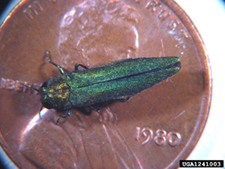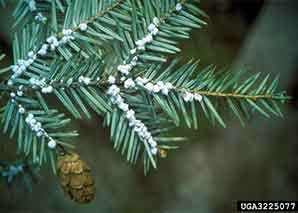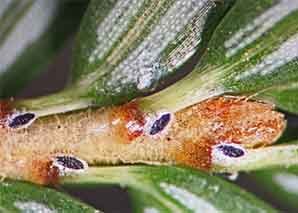Invasive Species News
The New York State Department of Environmental Conservation sent this bulletin on 01/16/2019 11:53 AM EST |
| DEC Delivers - Information to keep you connected and informed from the NYS Department of Environmental Conservation |
| Share or view as a web page || Update preferences or unsubscribe |
Invasive Species News |
Emerald Ash Borer Found for First Time in Eastern Long Island
EAB is native to Asia and was first discovered in the U.S. in 2002 in southeastern Michigan. This invasive beetle infests and kills North American ash species (Fraxinus), including green, white, black and blue ash. The public should send suspect samples and direct inquiries to the local Cooperative Extension Diagnostic Lab office in Suffolk County and in Nassau County. The public can also report occurrences of EAB and other invasive species to DEC's Forest Health Diagnostic Laboratory by e-mailing photographs to foresthealth@dec.ny.gov. Visit DEC's website for more information about emerald ash borer. The emerald ash borer is smaller than a penny. Photo: Howard Russell, MI State University, www.forestryimages.org $3 Million in Grant Funding Available for Invasive Species Management ProjectsDEC's Division of Lands and Forests has announced $3 million in grant funding for invasive species prevention, control and research projects in New York State. The grants are made available by the state Environmental Protection Fund and range from $11,000 to $100,000 with a required 25 percent match.
DEC is hosting a "how-to" webinar about this grant program at 10 a.m. on Thursday, January 17 for interested applicants and will post a recording of the webinar online for those who cannot attend. You can find more information regarding the webinar on the DEC's website. Take Time to Inspect Your Hemlocks this Winter
Top photo: White woolly egg masses on a hemlock branch. Photo by Connecticut Agriculture Experiment Station Bottom photo: Hemlock woolly adelgid adults at the base of a twig's needles. Photo by Mark Whitmore |

 DEC and Cornell Cooperative Extension Suffolk County
DEC and Cornell Cooperative Extension Suffolk County  Municipalities, not-for-profits, and academic institutions may submit applications for grant funding in up to two of the following categories: early detection and rapid response, research, lake management plans, and aquatic invasive species spread prevention. For more details about this grant program, including eligible projects and scoring criteria, please see the
Municipalities, not-for-profits, and academic institutions may submit applications for grant funding in up to two of the following categories: early detection and rapid response, research, lake management plans, and aquatic invasive species spread prevention. For more details about this grant program, including eligible projects and scoring criteria, please see the  You can help protect New York's forests this winter by learning how to identify and report
You can help protect New York's forests this winter by learning how to identify and report  Visit
Visit